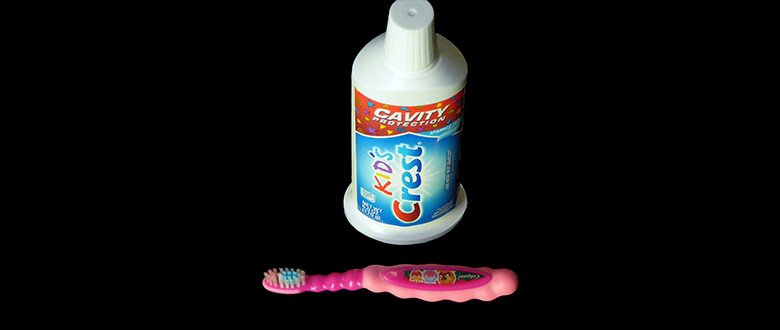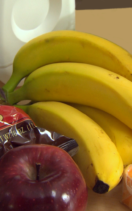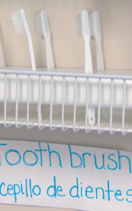Brushing very young children’s teeth with safe and healthy fluoride toothpaste is an important daily activity that protects oral health and overall health. But, it can be a challenge for parents and child care staff to get little ones to cooperate...and it is even more challenging if a child has special health care needs.
Approximately 20% of US children ages 0-17 (one in five children) have special health care needs, according to the 2019/2020 National Survey of Children with Special Health Care Needs. The federal Maternal and Child Health Bureau (MCHB) defines children with special health care needs (SHCN) as those ‘who have or are at increased risk for a chronic physical, developmental, behavioral, or emotional condition and who also require health and related services of a type or amount beyond that required by children generally.’
Caring for Our Children National Guidelines emphasize that, whenever possible, all children should be included in all activities. The child’s Medical Action Plan is a good checklist for deciding if special accommodations are needed for toothbrushing. Despite the challenges, whether there are special health care needs or not, the good news is there are strategies that can help.
4 Great Toothbrushing Tips for Infants and Toddlers
# 1 Set a Routine... Brushing children’s teeth at the same time each day lets them know what to expect. Try playing soft music, stay calm and positive, and give kids plenty of praise.
# 2 Choose a Good Brushing Position...There are several ways you can hold a wiggly child to brush teeth. For toddlers, sit the child sideways in your lap with the head resting against your arm. Ask the child to open wide like a lion or an alligator. Make it more fun by showing the child how! Encourage the toddler to help you keep the lion’s teeth healthy by leaving the mouth open as you brush. Children can also stand while you sit in a small chair at their level and brush teeth. For babies, lay the child in your lap to brush that first tooth (or two!).
# 3 Desensitize the Child... For a child with texture issues, try introducing toothbrushing over time. Start by simply touching the toothbrush to the lips. Later, move to touching the brush to the inside of the mouth. Next, move to the teeth. Remember, this process may take weeks or months. That’s OK. Partner with parents on a plan to do this at home as well.
# 4 Ask for Help... When you see a child who needs extra support, check in with other professionals from your center and community. Behavioral and occupational therapists, dental and medical professionals, and your child care health consultant are available to share ideas and ensure that each child has the opportunity for good oral health!
To learn more, visit the Maternal and Child Health Bureau, check out information on children with special health care needs and disabilities, or see the Brush Up on Oral Health tip sheets.





